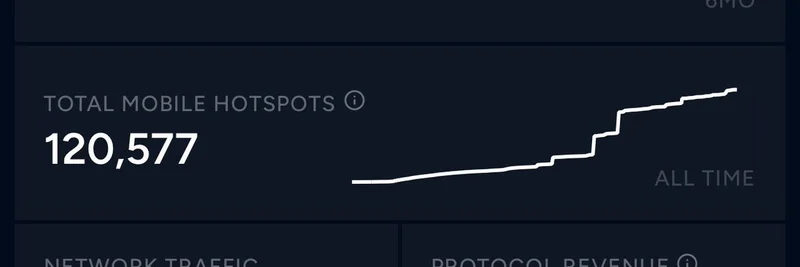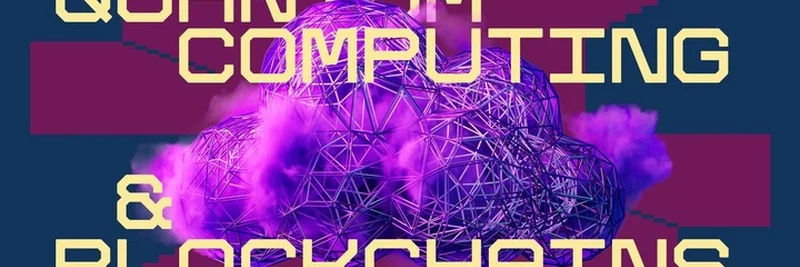In the fast-paced world of blockchain, Solana has long been a hotspot for meme tokens, thanks to its speed and low costs. But building on Solana hasn't always been straightforward, especially for Rust developers. That changed recently with an exciting announcement from Blueshift, a leading platform for Solana developer training. Their team has made it possible to build Solana programs using standard Rust tools—no more custom toolchains or quirky commands.
This breakthrough was highlighted in a thread on X by Alessandro Decina, a prominent figure in the Solana ecosystem. He praised Blueshift for realizing his vision of a smoother developer experience, declaring that the era of "glass chewing"—a metaphor for the painful, unnecessary hurdles in Solana development—is over.
The Backstory: Solana's Rust Challenges
For those new to this, Solana programs are typically written in Rust, a programming language known for its safety and performance. However, Solana has historically relied on a forked version of Rust and LLVM (a compiler infrastructure) to support its Berkeley Packet Filter (BPF) target. This meant developers had to install a custom toolchain, learn non-standard build commands, and deal with upgrade headaches. It's like having to use a modified wrench set just to fix your bike when your regular tools would do fine.
Blueshift's innovation changes that. They've demonstrated this with a "Pinocchio Escrow" built using nightly Rust—the latest experimental version—for upstream BPF, paired with a custom sbpf-linker. Importantly, this requires zero changes to the Solana protocol itself. As Decina explained in an ELI5 response, if you're already a Rust dev, your workflow stays the same. No more learning curves or compatibility issues.
What is Pinocchio Escrow?
Pinocchio Escrow is essentially a simple smart contract demo that acts like a digital safe deposit box. One user locks up Token A, and the other deposits Token B before the swap completes. It's a basic building block for decentralized exchanges or trading mechanisms, often used in meme token launches or NFT trades.
But the real star here is Pinocchio itself, a minimalist Rust library from Blueshift that lets you create Solana programs without the heavy solana-program crate. It treats account data as byte slices, keeping things lightweight and efficient. By integrating this with standard Rust, Blueshift is opening the doors for more developers to experiment and innovate on Solana.
For more details, check out Blueshift's Pinocchio Escrow challenge or their Pinocchio for Dummies course.
Impact on the Meme Token Ecosystem
Why does this matter for meme tokens? Solana hosts some of the wildest and most viral meme coins, from dog-themed tokens to cultural phenomena. Easier development tools mean more creators can jump in without technical barriers. Imagine a Rust developer whipping up a new meme token launcher or community treasury in hours, not days. This could spark the next boom in Solana memes, attracting talent from other ecosystems and fostering innovation.
Blueshift, backed by Solana Core contributors, offers free courses to onboard devs. Their work not only democratizes access but also encourages open-source contributions, as Solana moves away from forked tools toward upstream integration.
If you're a blockchain practitioner eyeing meme tokens, this is your cue to dive into Solana. Head over to Blueshift's platform to get started—it's flexible, free, and now even more user-friendly. The future of meme token development just got a whole lot simpler.



